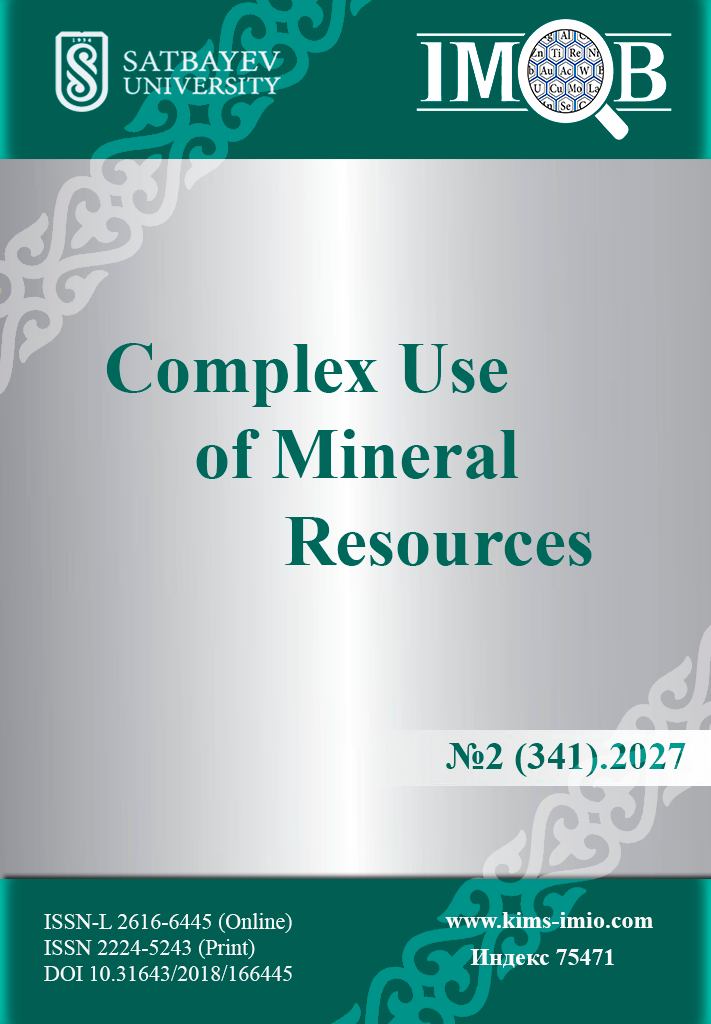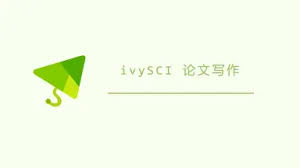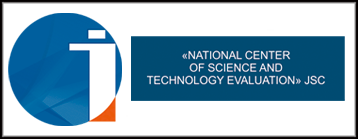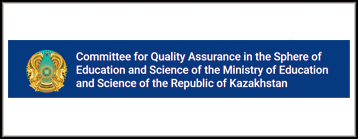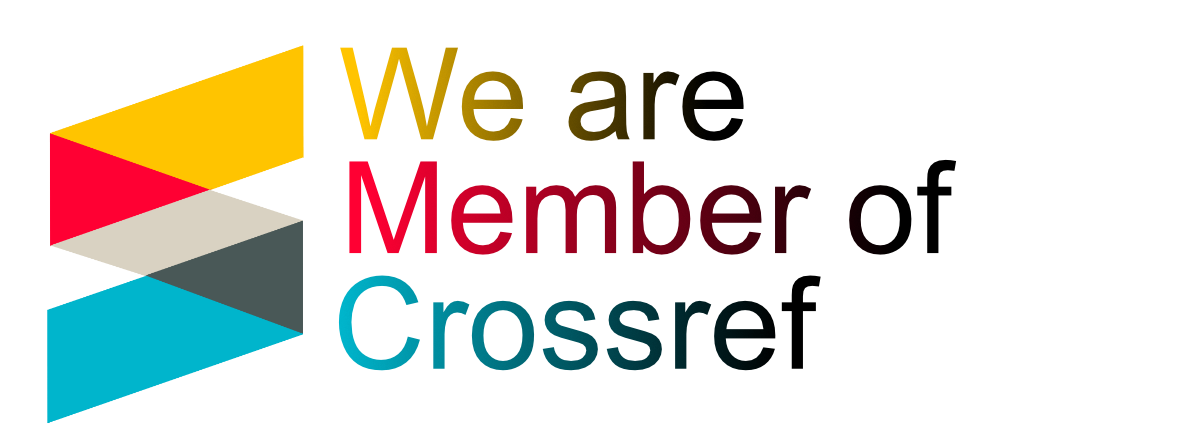Use of Industrial By-products from Metallurgical Production for the Development of Heat-Resistant Building Mixes and their Molding in an Improved Device
DOI:
https://doi.org/10.31643/2027/6445.14Keywords:
vanadium production; industrial waste; heat-resistant building mixes; Portland cement; liquid glass; chamotte; vibration pressing; waste disposal; heat resistance; compressive strength.Abstract
In the context of the increasing volume of industrial waste and stricter environmental requirements, the urgent task is to efficiently process them to produce products with high added value. In this work, the composition of industrial products of vanadium production formed during the hydrometallurgical processing of rare metals is investigated, and the possibility of their use for the production of heat-resistant building mixes is substantiated. A comprehensive analysis, including X-ray, X-ray fluorescence, and scanning electron microscopic methods, revealed a high content of silica, aluminum oxides, and refractory minerals that determine the heat resistance of the material. Optimal compositions of building mixes based on Portland cement, liquid glass, and chamotte have been developed, providing compressive strength up to 45 MPa and resistance to thermal cycling at temperatures up to 1800 ° C. The design of a device for forming building blocks based on industrial waste from metallurgical production by vibration pressing is proposed, designed to ensure high density and geometric stability of products. The results obtained confirm the possibility of complex industrial waste disposal with the simultaneous creation of environmentally safe, durable, and heat-resistant building materials used in energy, metallurgy, the chemical industry, and civil engineering.
Downloads
References
Zhumagaziyev A Zh, & Adilova D A. Study of foreign experience in the use of construction waste and the possibility of its application in Kazakhstan. Bulletin of Science. 2024; 5(9(78)):361-374.
Bekenov A K, et alProcessing of technogenic waste and issues of environmental safety. Ecology and Industry of Kazakhstan. 2020; 2:15-21.
Grosse F, et al. Circular economy and industrial ecology: Strategies for sustainable material flows. Journal of Cleaner Production. 2019; 234:133–144. https://doi.org/10.1016/j.jclepro.2019.06.345
Kirchherr J, et al. Conceptualizing the circular economy: An analysis of 114 definitions. Resources, Conservation and Recycling. 2017; 127:221–232. https://doi.org/10.1016/j.resconrec.2017.09.005
Geissdoerfer M, et al. The circular economy – A new sustainability paradigm? Journal of Cleaner Production. 2017; 143:757–768. https://doi.org/10.1016/j.jclepro.2016.12.048
Kopytov V M, et al. Tekhnogennyye otkhody metallurgicheskogo proizvodstva i puti ikh pererabotki [Technogenic waste of metallurgical production and ways of its processing]. Metallurgy. 2022; 6:22-29. (In Russ).
Matinde E, Simate G S, & Ndlovu S. Mining and metallurgical wastes: A review of recycling and re-use practices. Journal of the Southern African institute of mining and metallurgy. 2018; 118(8):825-844. https://doi.org/10.17159/2411-9717/2018/v118n8a5
Cai P T, Chen T, Chen B, Wang Y C, Ma Z Y, & Yan J H. The impact of pollutant emissions from co-incineration of industrial waste in municipal solid waste incinerators. Fuel. 2023; 352:129027.
Akinyemi B A, Hagare D, & Oluwadamilare A. Microwave energy radiated biochar bonded-cement-clay bricks. Journal of Building Pathology and Rehabilitation. 2023; 8(2):94.
Siddique R. Utilization of industrial by-products in concrete. Procedia Engineering. 2014; 95:335-347. https://doi.org/10.1016/j.proeng.2014.12.192
Das S K, Mishra S, Das D, Mustakim S M, Kaze C R, & Parhi P K. Characterization and utilization of coal ash for synthesis of building materials. In Clean Coal Technologies: Beneficiation, Utilization, Transport Phenomena and Prospective. 2021, 487-509. Cham: Springer International Publishing.
Khabiyev A, Yulussov S, Tuleshov A, Baigenzhenov O, Merkibayev Y, & Baltabay T. Investigation of the composition of industrial products of vanadium production and its use for the production of heat-resistant building mixes. Engineering Journal of Satbayev University. 2024; 146(6):1-7. https://doi.org/10.51301/ejsu.2024.i6.01
Peng H. A literature review on leaching and recovery of vanadium. Journal of Environmental Chemical Engineering. 2019; 7(5):103313. https://doi.org/10.1016/j.jece.2019.103313
Wang Y H, Wang Y F, Li Y T, Wu C, Han X L, Zhao N N, ... & He Z X. A review on vanadium extraction techniques from major vanadium-containing resources. Rare Metals. 2024; 43(9):4115-4131.
Boccaccini D N, Cannio M, Volkov-Husoviæ T D, Kamseu E, Romagnoli M, Veronesi P, ... & Boccaccini A R. Service life prediction for refractory materials. Journal of materials science. 2008; 43(12):4079-4090.
Krivenko P, Petropavlovsky O, & Vozniuk H. Development of mixture design of heat-resistant alkali-activated aluminosilicate binder-based adhesives. Construction and Building Materials. 2017; 149:248-256. https://doi.org/10.1016/j.conbuildmat.2017.05.138
Bernal S A, Rodríguez E D, Mejía de Gutiérrez R, & Provis J L. Performance at high temperature of alkali-activated slag pastes produced with silica fume and rice husk ash based activators. Materiales de construcción. 2015; 65(318).
Boris R, Kerienė JR, Antonovič V, & Madej D. Characterization of microstructural evolution and mechanical properties of refractory composite. Composite Structures. 2015; 134:811-819. https://doi.org/10.1016/j.compstruct.2015.08.059
Rashad A M, Ouda A S, & Sadek D M. Behavior of alkali-activated metakaolin pastes blended with quartz powder exposed to seawater attack. Journal of Materials in Civil Engineering. 2018; 30(8):04018159. https://doi.org/10.1061/(ASCE)MT.1943-5533.0002335
Yu Z, Wang B, Zhang S, Zhao Y, Yan X, Zhang T, ... & Du X. Mechanical Properties and Deterioration Mechanism of Concrete–Mortar Joint Interface after Exposure to High Temperature. Journal of Materials in Civil Engineering. 2025; 37(9):04025315. https://doi.org/10.1061/JMCEE7.MTENG-2022
Thomas T, & Praveen A. Emergy parameters for ensuring sustainable use of building materials. Journal of Cleaner Production. 2020; 276:122382. https://doi.org/10.1016/j.jclepro.2020.122382
Downloads
Published
How to Cite
Issue
Section
License
Copyright (c) 2025 A.T. Khabiyev, S.B. Yulussov, A.E. Abduraimov, A.N. Kamal, N.E. Kumarbek, S.B. Makhmet, Y.S. Merkibayev

This work is licensed under a Creative Commons Attribution 4.0 International License.

